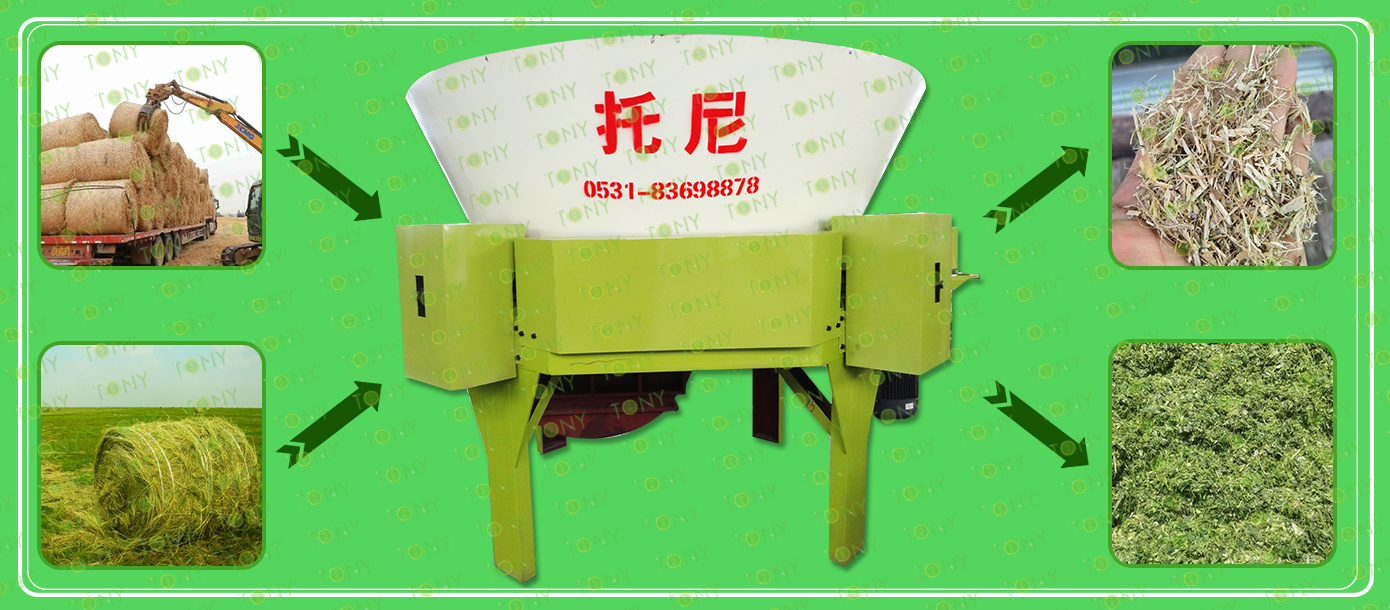As the front-end key equipment of the biomass pellet processing industry chain, the straw rotary cutter provides high-quality "basic materials" for the subsequent pellet forming process by optimizing the pretreatment of straw raw materials. Its role is like the "first process gatekeeper" of pellet processing, which determines the production efficiency, finished product quality and comprehensive cost of biomass pellets from the source
Straw (corn stalks, wheat stalks, rice stalks, etc.) naturally has the characteristics of "long fibers, high toughness, and messy shapes" (such as corn stalks can be up to 1-3 meters in length and 2-5 cm in diameter). If it enters the pellet machine directly, it will cause three major problems:

Feed blockage: Long straw is easy to wrap around the pellet machine feed port, causing frequent equipment shutdowns (need to be cleaned 1-2 times per hour, and the shutdown rate exceeds 15%);
Uneven molding: Failure to cut off the coarse fibers will lead to large differences in the internal density of the pellets, which are easy to break (the finished product breakage rate exceeds 20%);
Fast mold wear: The hard fibers on the surface of the straw (such as the siliceous layer of rice husk) will accelerate the wear of the pellet machine roller and ring die (the mold life is shortened by more than 30%).
The straw rotary cutter processes the straw into short pieces of "3-5cm in length and ≤1cm in diameter" through the shearing action of the high-speed rotating blade (the speed can reach 800-1500r/min) and the fixed bottom knife:
The shape of the pieces is uniform, the force is consistent during pellet forming, the density of the finished product is increased by 5%-10% (to 1.2-1.3g/cm³), and the breakage rate is reduced to less than 5%;
The short pieces are in more complete contact with the pellet machine mold, reducing local friction, extending the mold service life from 500 tons to more than 800 tons, and reducing the cost of equipment consumables.
Although the stalk rotary cutter is not directly involved in pellet forming, it provides "high-quality, high-efficiency, and low-cost" basic raw materials for biomass pellet processing by optimizing the raw material form, reducing energy consumption, and broadening the range of raw materials. It can be called the "front-end core guarantee" of the pellet production line. In the context of resource utilization of agricultural and forestry waste, the coordinated cooperation of the rotary cutter and the pellet machine is promoting the efficient transformation of straw from "field waste" to "standardized pellet fuel", laying a solid foundation for "raw material pretreatment" for the large-scale application of biomass energy.





















